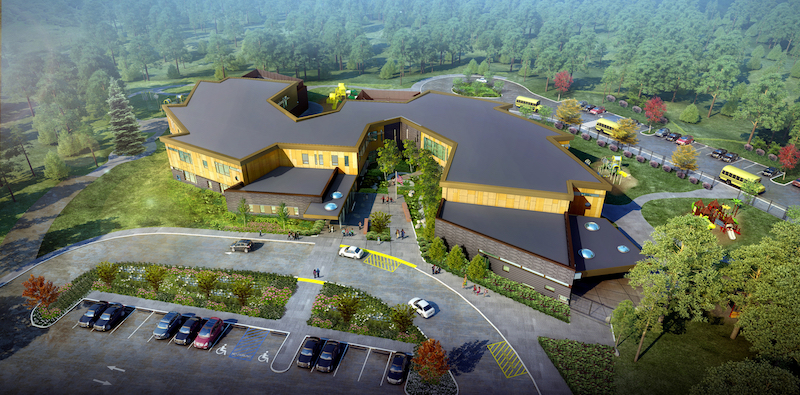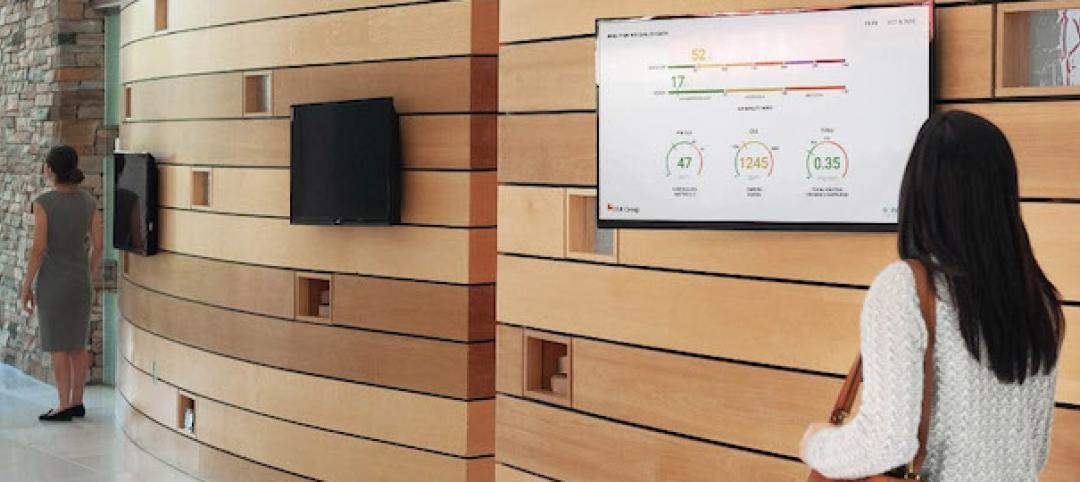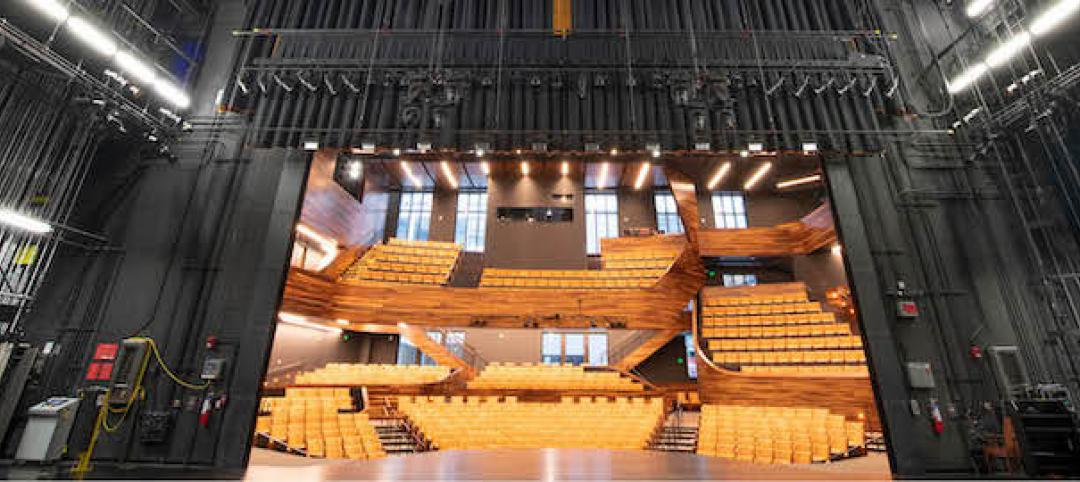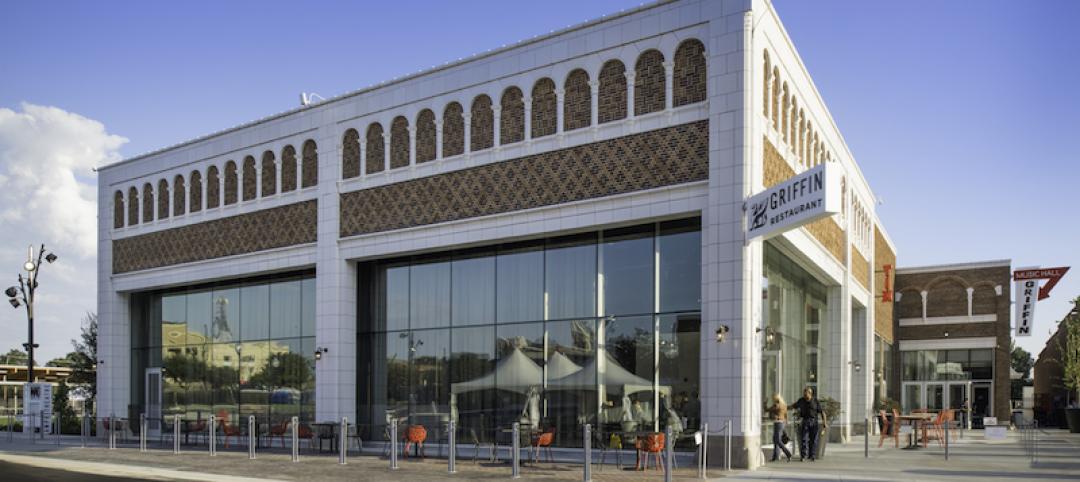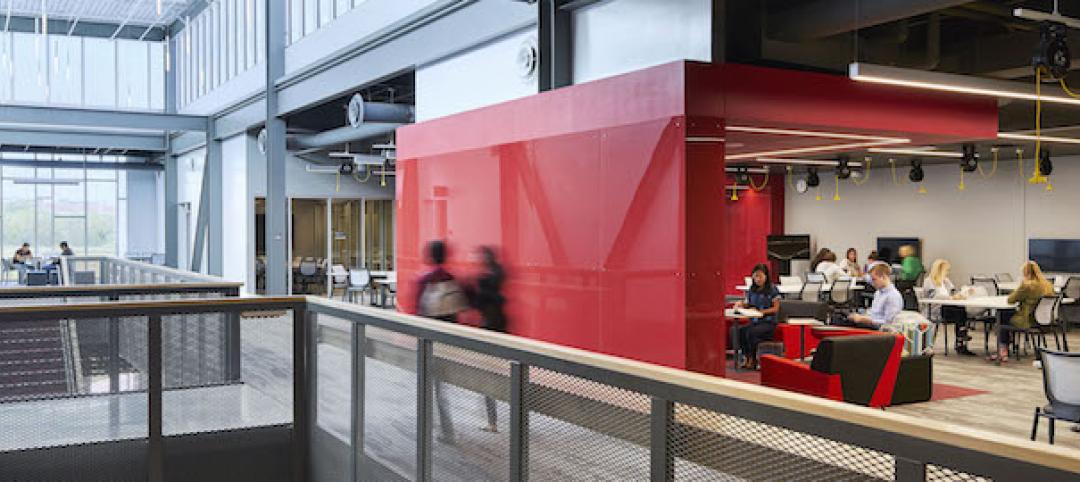A few years ago, when the Mukilteo School District hired DLR Group to design a new, 600-student kindergarten center, I was excited and—honestly—a little terrified. Recognizing the growing needs for early learners, Mukilteo School District decided on the idea of the kindergarten center in tandem with the passage of new state laws for all-day kindergarten. In lieu of adding additional classrooms to each elementary school in the district, the district decided on a central, kindergarten-only school as the most efficient solution to their capacity challenges.
Naturally, this idea of a kindergarten-only school presented both challenges and opportunities in regards to the design. To state the obvious challenges, how can educators manage this many young learners in one place? How do we maintain the sanity of the adults teaching all these little ones? We had a unique opportunity to design a facility for a single age group. What does a school look like if it is designed specifically for them? We knew that a successful facility for these learners required us to “forget” what we thought we knew about traditional elementary school design. We needed to fundamentally challenge everything.
So, we began a process that attempted to reshape our existing paradigms.
In order to do this, we went through several empathetic exercises with the client. We asked people to genuinely connect with the specific needs of a kindergarten student. For instance, in our initial workshop together, everyone was asked to share pictures of themselves as a kindergartener and to introduce themselves as they were then. We also completed day-in-the-life exercises that asked participants to imagine a young learner of the future, considering their family, their unique needs, and learning styles. Immediately following, the teams introduced and shared details about their students. It was then that we got our first glimpse of our future students.
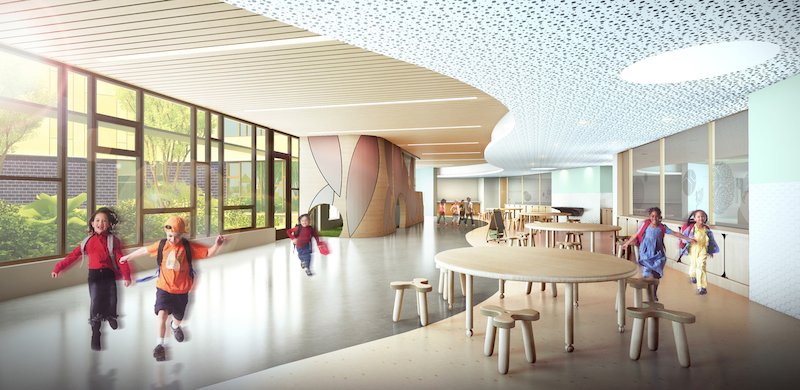
Lesson Learned: Empathy is a critical element in the process of solving complex challenges.
Using DLR Group’s intranet platform, I surveyed our entire firm of approximately 1,200 people to share their first memories of kindergarten. We then categorized their responses. A high percentage of responses reflected on play and creativity, but surprisingly, equally as many were related to fear, anxiety, and rules. Personally, I hadn’t thought about kindergarten that way, as much of my personal recollection centered around play. By asking this simple question, the team began to really consider how we could alleviate some of this childhood anxiety.
Lesson Learned: Ask the question, even if you think you know the answer.
To expand upon those reflections of childhood, I decided that it had been way too long since I had been in kindergarten. As a result, the Director of Facilities for Mukilteo School District and I sat through two, half-day sessions of kindergarten to see what else would strike us about the daily activities of this unique age of learners.
First and foremost, we recognized that although necessary, transitions take valuable time away from learning. As you can imagine, moving a large group of kindergarten students can be both difficult and time consuming. In particular, shuttling students to work with specialists consumes a large amount of time during the school day. I watched as students were gathered from a variety of classes, dressed in outer gear for the trek, and were guided to a small portable classroom across the campus where multiple specialists worked with small groups. The space was poorly designed, too noisy, and too small for effective intervention. After the sessions, students re-dressed in their outer gear and traveled single file back to their respective classrooms.
Knowing that this specific group of students could gain the most from uninterrupted learning time, I asked myself, “How does this situation help students?” I knew immediately that design could mitigate this scenario.
To reduce transition time, we introduced two concepts for the new Pathfinder Kindergarten Center in Everett, Wash.: Push-in specialists and decentralization of services. This child-centric approach would reduce daily transition time for students up to 30 minutes in a six-hour day. When extrapolated across a full school year, that results in 90 hours, or 15 full days of learning recaptured. And a lot of learning can take place over 15 days.
Push-in Specialists
This concept revolves around a specialist traveling to the student to work inside the classroom or in an immediately adjacent space. Our design provides this break-out space in, or directly outside, every classroom. The time to transfer materials and supplies needed for each lesson is limited through use of cubbies in the classroom and cupboards in the shared areas. Using windows and intentional views, supervision of groups is easier for all teachers working with or around a group of children. Additionally, acoustic considerations given to shared areas through a perforated dropped ceiling bring down the scale and provide a sense of intimacy for these young learners.
Decentralization of Services
The Pathfinder Kindergarten Center is designed as four learning houses. Functionally, each learning house includes an eating zone to minimize travel time for meals and snacks. An indoor and outdoor play space shared by two houses is located immediately adjacent to each house. This gives students easy access to play areas and the outdoors. Each house also features a lending library that provides parents with materials to take home and continue reading with their child. Identified through color and a unique set of environmental graphics, each house assists with wayfinding through the nautilus-shaped building. Every aspect of the school day—education, nutrition, and play—is within reach.
In addition to push-in specialists and decentralization of services, we focused on variety of scale and size-appropriate solutions to best serve these young students full of potential, awe, and excitement. Reflecting on how this project has affected my view of educational design, and its unique design shaped by the synergy of age-specific students brings me pride. We must not overlook the smallest of users, as they have the most to gain from our design solutions.
More from Author
DLR Group | Jan 8, 2024
DLR Group adds executive leaders
DLR Group Chief Executive Officer Steven McKay, AIA, RIBA, announced new executive leaders for the 100% employee-owned, globally integrated design firm.
DLR Group | Nov 30, 2023
A lasting housing impact: Gen-Z redefines multifamily living
Nathan Casteel, Design Leader, DLR Group, details what sets an apartment community apart for younger generations.
DLR Group | Nov 6, 2023
DLR Group opens office in Nashville, Tenn.
DLR Group is expanding its presence in the Southeast with the opening of an office in downtown Nashville, Tenn.—a collaborative effort led by DLR Group Principals Matthew Gulsvig, AIA, LEED AP, and Randall Coy.
DLR Group | Jan 27, 2021
Selecting indoor air quality monitors to maintain healthy spaces
In searching for an indoor air quality monitor, most devices will measure a combination of temperature, relative humidity, carbon dioxide, particulate matter, and total volatile organic compounds.
DLR Group | Sep 1, 2020
The rise of inquiry-based learning in K-12 communities
Inquiry-based education offers a methodology that does not rely solely on the educator being the lead in all learning.
DLR Group | Aug 31, 2020
Reopening campus performance arts centers
Live productions, which offer students the opportunity to hone their skills with true audience feedback, currently pose health risks for students and faculty.
DLR Group | Jun 11, 2019
The power and possibility of adaptive reuse
Building reuse generally offers greater environmental savings than demolition or new construction.
DLR Group | Apr 29, 2019
A look ahead to learning in 2050
Fast forward to the year 2050 and beyond, and imagine what education looks like.
DLR Group | Aug 31, 2018
The building data analytics revolution in three acts
Increased transparency of operational building data is impacting accountability.
DLR Group | Jul 2, 2018
Data, Dynamo, and design iteration
We’re well into the digital era of architecture which favors processes that have a better innovation cycle.

